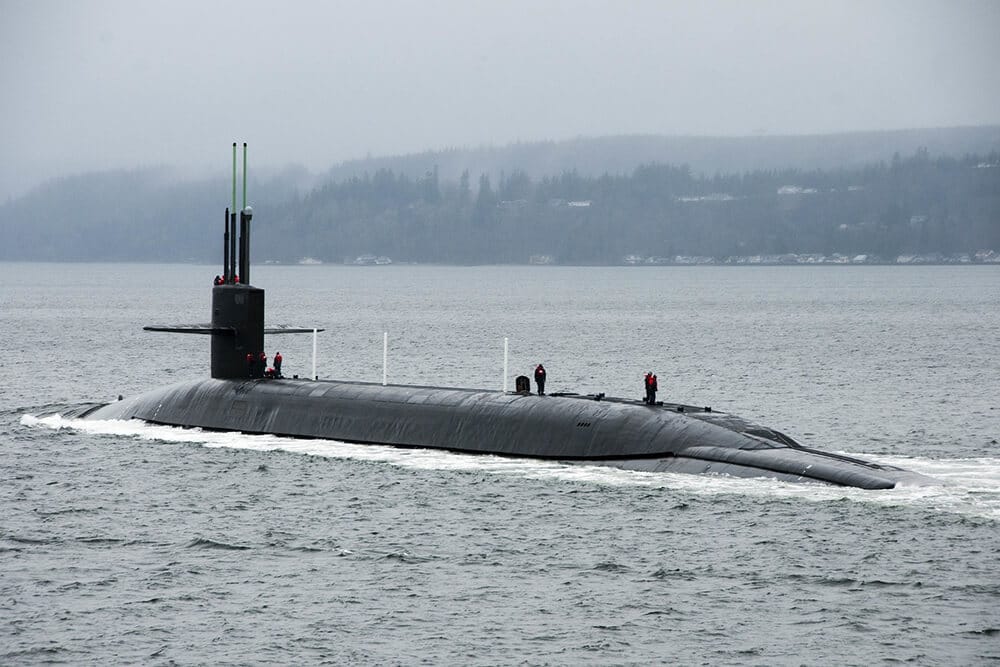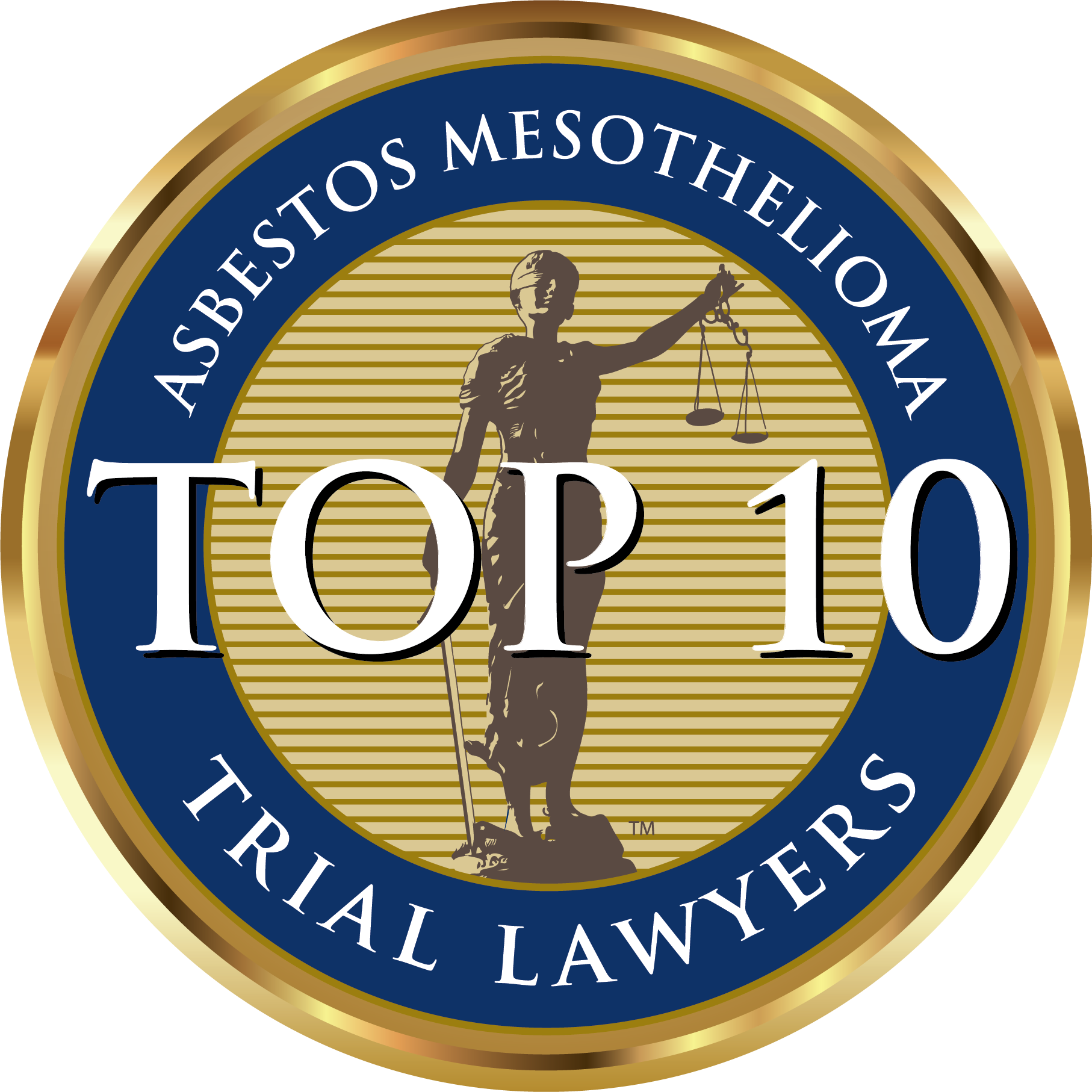
The Navy’s submarines have played a crucial role in different wars and missions over the decades. From being used to attack enemies to rescuing ejected pilots, and being capable of firing ballistic missiles, submarines have helped and continue to help the United States Navy and other military branches defend American assets.
In Hawaii, the Navy Region Hawaii oversees the U.S. Navy’s largest island base in the Pacific. The region extends through Oahu and Kauai. It also serves as the headquarters of seven major Navy commands, including the Commander, U.S. Pacific Fleet.
Prior to the 1980s, however, submarines contained asbestos—as the material was an insulative and flame-retardant material. Unfortunately, exposure to asbestos is known to cause long-term health complications—particularly a cancer called mesothelioma. Now, we know that Navy veterans and shipyard workers are among those with the highest risk of developing mesothelioma from asbestos exposure. Let’s take a look at how often submarine workers are diagnosed with mesothelioma and what those veterans can do to secure their future.
The History of U.S. Navy Submarines
The U.S. Navy has been using submarines since 1900. As technology has evolved, there are three main types of submarines:
- Guided missile submarines. These were designed for special operation missions and strike missions. They have high-tech communication devices, as well as tactical missiles. They work with Special Operation Forces and Combatant Commanders.
- Attack submarines. Attack submarines are designed to seek out and destroy enemy ships. This includes other submarines and surface vessels. They are also used for powering Special Operation Forces ashore, gathering intelligence, conducting surveillance and reconnaissance, supporting battle fleets, and conducting mine warfare.
- Ballistic missile submarines. Also known as boomers, these submarines only have one person—strategic deterrence. They have the ability to accurately launch nuclear weapons.
Submarines became popular during World War I. The Navy’s first submarine was the USS Holland and it ran on an electric motor when submerged. Beginning in the 1950s, most submarines were nuclear-powered. Because of the high temperatures created, asbestos was often used for fireproofing and insulation. The light weight and flexibility of asbestos also allowed for it to be fit into small and oddly-shaped spaces.
Asbestos Exposure on Submarines
Asbestos was found throughout the shipyard and inside submarines. Some of the most dangerous places for exposure on a submarine included the propulsion room, engine and boiler rooms, damage control, and the pump room. Exposure was also possible in the turrets, ward room, and powder and shot magazine.
If you worked in one of the following occupations aboard a submarine, it’s possible you were exposed to high levels of asbestos:
- Boiler room workers
- Painters
- Electricians
- Insulators
- Mechanics
- Maintenance workers
- Pipefitters
- Plumbers
- Welders
- Metal workers
- Engine room technicians
- Torpedo and weapon crews
Even if you weren’t assigned to one of those positions, you still could have been exposed. This is because the small quarters aboard submarines allowed for greater-than-usual disturbance of asbestos fibers—particularly when sailors bumped into walls and walked the same stretch of flooring day in and day out. As asbestos wears down, the fibers become airborne. With little ventilation inside a submarine, the sailors had no choice but to inhale or consume the asbestos fibers.
Navy Veterans and Mesothelioma in Hawaii
Presently, the U.S. Navy has 338,989 active-duty personnel. While today’s ships and submarines are no longer built with asbestos, this does not change the fact that veterans were exposed to asbestos throughout the 20th century and are now suffering for it. In many situations, the prognosis for mesothelioma is grim—especially in older patients. Patients and their families are often quickly forced to come to terms with loss.
The U.S. Department of Veterans Affairs recognizes that U.S. Navy veterans are at an increased risk of developing mesothelioma due to their time on submarines. As a result, veterans who get sick because of military exposure are eligible for free health care, disability compensation, and other VA benefits. The filing process, however, isn’t always easy.
If you served in the U.S. Navy and have been diagnosed with mesothelioma, we can help you determine what your rights are and what you’re eligible for in terms of compensation. At Frost Law Firm, PC, we recognize the impact a cancer diagnosis has on the patient and their family. When that illness never should have developed, the person, company, or entity responsible should be held accountable.
Depending on your circumstances, you may be eligible to file a claim against Veteran’s Affairs or you may need to pursue a lawsuit against the company that caused your asbestos exposure. Either way, our mesothelioma lawyers will be by your side every step of the way and ensure full and fair compensation is awarded. To learn more about your legal rights and options or to start filing a claim, contact us today.























